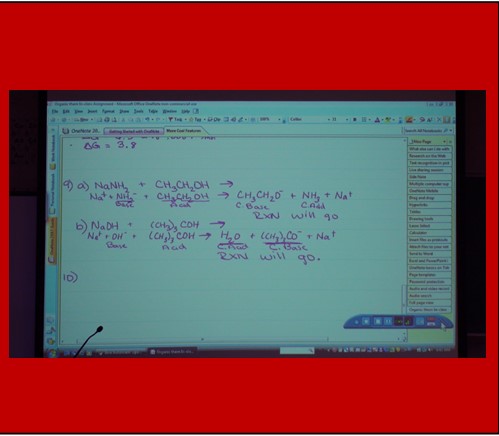COMPETENCY RECORDING FOR LEARNING (CPR-L)
What is CPR-L
CPR-L is an innovative teaching and learning model aimed at “resuscitating” students’ use of the analytical process of problem solving

CPR-L's Goal
CPR-L’s goal is to enhance students’ problem solving skills as well as their understanding of core course concepts, resulting is sustainable improved course grades.
Why CPR-L
Among a large number of LU’s incoming students, test results demonstrated a marked lack of comprehension with “reading problems.”
Pre- and post-testing data from 12 years of testing LU’s pre-college math and science program participants, as well as pre-testing results of entry level university STEM students, suggested systemic math and science deficiencies.
During class discussions, students’ responses, when attempted, demonstrated a troubling shortfall in the ability to express thoughts coherently or logically.
Too many students were achieving less than 40% pass ratio STEM college introductory courses.
A literature search revealed that LU’s class grades and learning issues mirrored that which was documented by a number of sources. Also these issues had been experienced by STEM staff who had taught at other higher ed institutions.
The CPR-L Process
The LU team incorporated tasks and exercises aimed at impacting retention of information, understanding of course concepts, maintaining the integrity of the problem-solving process and exorcising bad learning habits into the teaching and learning process.
These exercises include:
1) Thoroughly understanding the problem before proceeding to solve it.
2) Following problem solving process and protocols.
3) Writing something down to aid in conceptualizing- sketching the concept of problems.
4) Speaking aloud when possible to engage the auditory learning channel.
5) Multiple repetitions of applying concept/ process.
6) A simulated going-to-the-board experience which provided an opportunity to dissect the problem solving process. 7) Teaching/demonstrating the concept in a simulated teaching exercise.
THE 3 CPR-L COMPONENTS
–Technologies
–Problems that embody core course concepts
–Instructional rubrics for problem solving
The innovative deployment of these components, including the opportunity to assess cognitive learning at multiple levels, is what makes CPR-L such a powerful tool.
How The CPR-L Process is Deployed
Process requires students to solve homework problems that contain core course concepts using a particular sequence of rubrics, and recording the process on a tablet PC.
Tablet PC records not only the audio component as the student describes what is transpiring, but visually captures each pen (stylus) stroke of the problem solving process.
Students, using these tools and process, must produce an audio/visual recording (of specified length) of their problem-solving process.
Intense reflection on problem elements, potential solutions, and application of core course concepts are required to produce an acceptable performance recording. More importantly, it maintains the integrity of the problem-solving process.
Repetition is required to distill the problem solving process to a short, succinct audio/visual presentation that is reviewed by instructors who can isolate student and course content weaknesses, recommend intervention, and better predict examination outcomes.


CPR-L as an Assessment Tool
Instructors use the audio/visual recording of students’ problem-solving process to determine how well the student understands core course concepts and what the progress trail looks like. Upon careful review of these performance “movies”, instructors can isolate student and course content weaknesses, recommend intervention, and better predict examination outcomes.
CPR-L IMPACT

CPR-L was deployed on a limited basis due to available tablet PCs that were needed to complete homework assignments, and instructor availability to review the process output. However, results were promising as indicated in the chart data.
STEM faculty has continued to use CPR-L process in entry level STEM courses on a limited base, and faculty continue to use it as a tool in tutoring students in advanced STEM courses. Students who experienced the CPR-L process while at Langston, and have since earned a degree in STEM or STEM Education comment favorably on the degree of course content efficacy they have, compared to others in their work or advanced study groups.
CPR-L VIDEOS
Here, and in the section below are 4 examples of CPR-L videos created by LU Chemistry students to demonstrate their comprehension of assigned homework problems. Students follow rubrics created to lead them through the problem-solving process, that culminates in the creation of these videos that can be used to assess their understanding of the concepts represented in the assigned problems.
CPR-L video presented at 2021 STEM for All Video Showcase
CPR-L video presented at 2021 STEM for All Video Showcase, an event produced by TERC, a non-profit made up of teams of math and science education and research experts.
